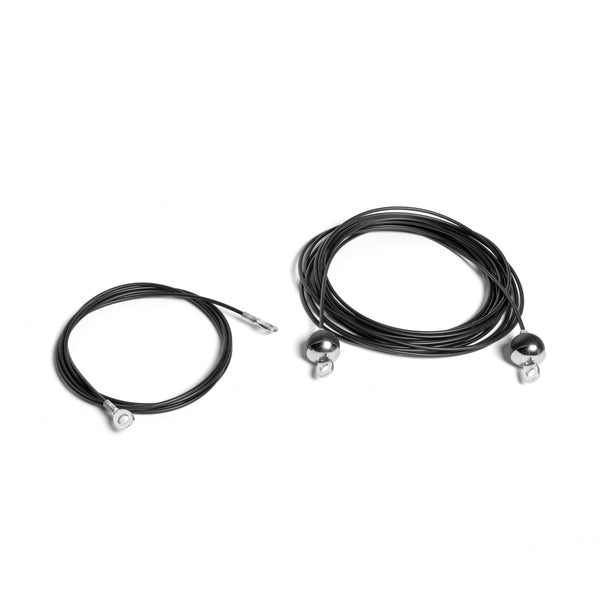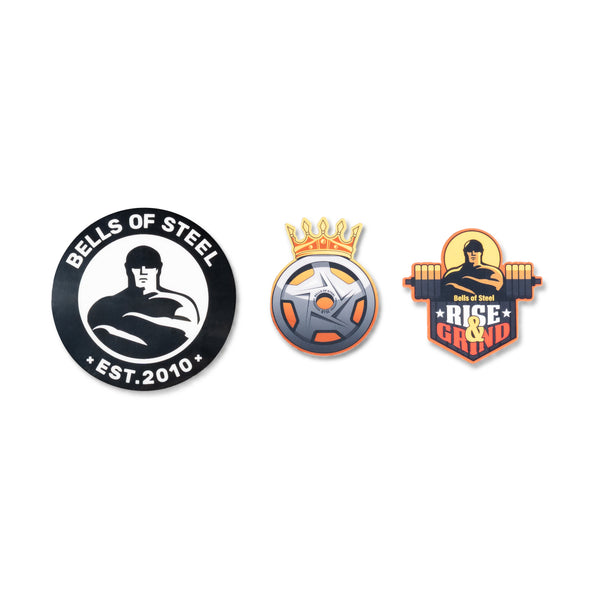Power racks are a critical piece of equipment for any serious gym-goer, but the question remains: do you really need to bolt them down?
Well, the short answer is, it depends on your priorities.
In this article, we'll answer some frequently asked questions and provide some key considerations that customers should keep in mind.
The short answer is no; power racks don't have to be bolted down.
However, bolting down your rack ensures that it's as solid as a rock and won't go anywhere, even if you're lifting the heaviest weights known to man. Plus, it prevents any potential injuries or damage to your property. We like to call that a win-win.
Now, if you're not lifting heavy weights, you might be able to get away with not bolting down your rack. But listen, even if you're lifting your cat, you want to make sure that rack is stable and won't wobble like a Weeble. Safety first, people.
Remember that you'll need to ensure the rack is stable and doesn't wobble or tip over during use. If bolting your power rack down isn't an option, we recommend getting a flat foot or wall-mounted model for safety.
There are several factors to think about when deciding whether to bolt down your power rack: If you're all about safety, then you might want to consider bolting down your power rack. We don't want anyone getting hurt or crushed by a toppling tower of iron, do we?
But if you're more of a risk-taker, then go ahead and live on the edge! Just remember that we're not responsible for any mishaps that may occur.Of course, if you're working with limited space in your home gym, a non-bolted rack could be the way to go. Why take up valuable floor space with bolts when you could be filling it with all the other equipment you dream of owning? After all, we all know that floor space is like gold in the gym.
Another consideration is your floor surface. If you have a delicate or expensive floor that you don't want to damage, then you may want to skip the bolts. Or, if you're feeling extra crafty, you could always install some protective padding around the base of your rack to avoid any scuffs or scratches.
Finally, the cost is a consideration. A bolted-down power rack may cost more than a non-bolted rack due to the additional hardware required to secure the rack to the floor. If you ever need to remove your rack or move house, repairing the damage will also cost you.
Bolting down your power rack has several advantages: A bolted-down power rack is like the rock of Gibraltar - it's not going anywhere. This means you can lift heavy weights with confidence and without worrying about your rack tipping over like a Jenga tower. Stability leads to safety, which is always a good thing when it comes to heavy lifting. You don't want your rack to become a danger zone that could cause injury or property damage. A bolted-down rack is like a guardian angel for your gainz. A bolted-down rack can handle the heat, baby. It's like the Hulk of power racks, ready to take on anything you can throw at it.
This means you can lift heavier weights and use it more frequently without worrying about wear and tear. There are some disadvantages to bolting down your power rack to consider as well: Bolting down your rack requires some elbow grease and a little know-how. If you're new to the DIY game, this might be a bit of a challenge.
But don't worry, we've got your back. Just follow our step-by-step instructions, and you'll have that rack bolted down faster than you can say "Arnold Schwarzenegger." If you've got a wooden floor, a bolted-down rack can cause some damage. But hey, a few scuffs and scratches just add to the character, right? And if you're really worried about it, just invest in some protective padding.
A bolted-down power rack takes up more space than a non-bolted rack, as you can't move it out of the way when you're done lifting. If you have limited space in your gym, consider a non-bolted rack to save space.
Let's face it - a bolted-down rack is like the elephant in the room. It's big, it's bulky, and it's not going anywhere. If you've got limited space in your gym, a non-bolted rack might be a better option. But if you're committed to your gains and don't mind sacrificing a little real estate, then bolt that sucker down and let the gainz begin! So, there you have it. To bolt or not to bolt? That is the question.
Just remember, no matter which option you choose, always lift with care and caution. And if you're ever in doubt, don't hesitate to reach out to us for advice. We're always here to help you pump some iron and have a good laugh while doing it!



